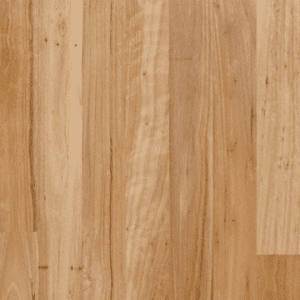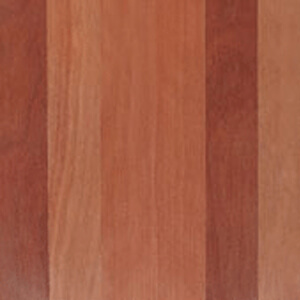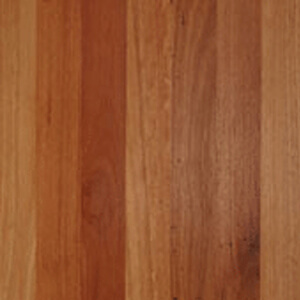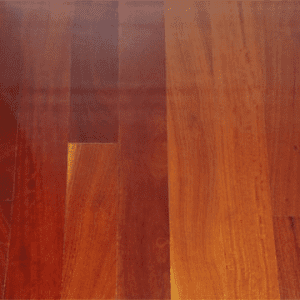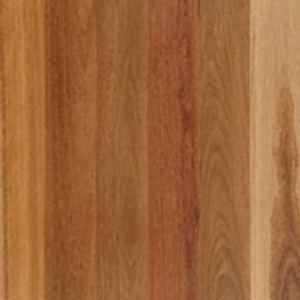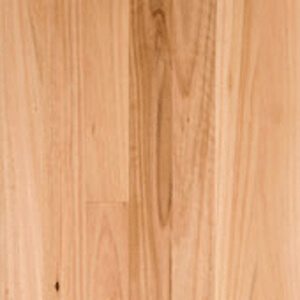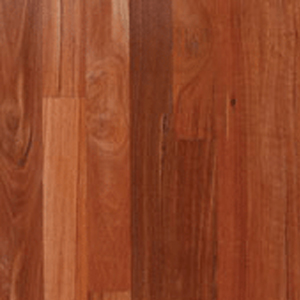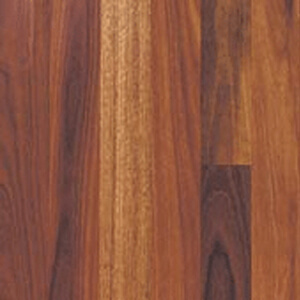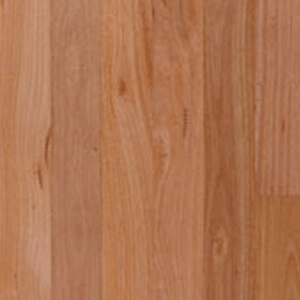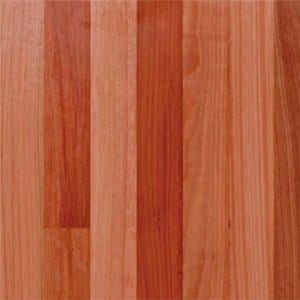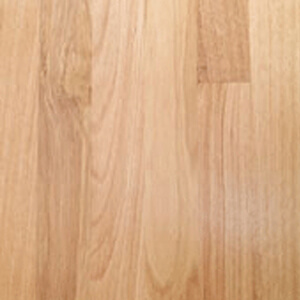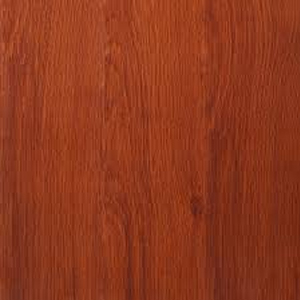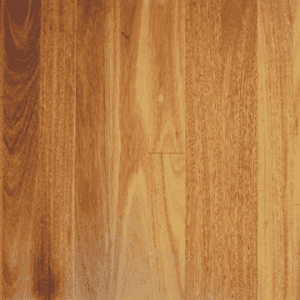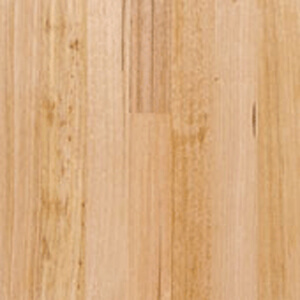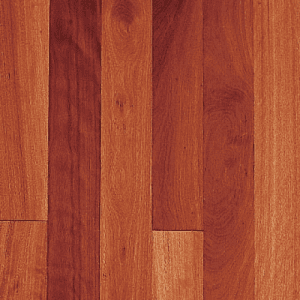Australian Beech
Australian Beech is a beautiful combination of highland timbers, carefully selected to create a unique colour that ranges from pale brown and golden hues to a light cream with a slightly pink tint. These tonal variations found in Australian Beech are one of its sought-after features.
Physical Properties
Dry Density: range 780-900 kg/m³
Janka Hardness: 7.5 kN
These properties are only a guide, as timber is a natural product there will be variations within any species.
The Janka Dry Hardness rating measures the hardness of the wood. The higher the number the harder the wood.


